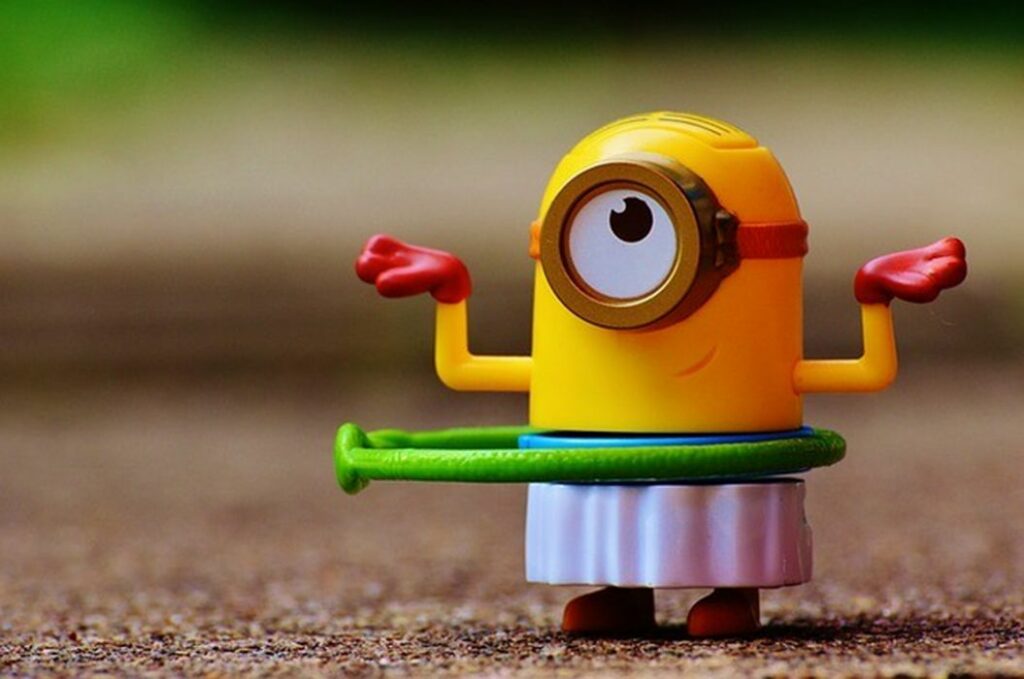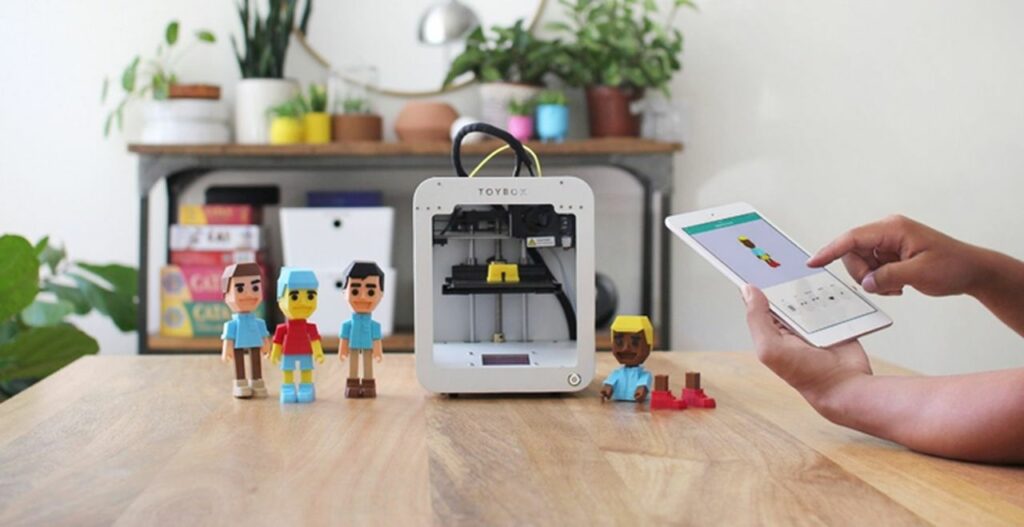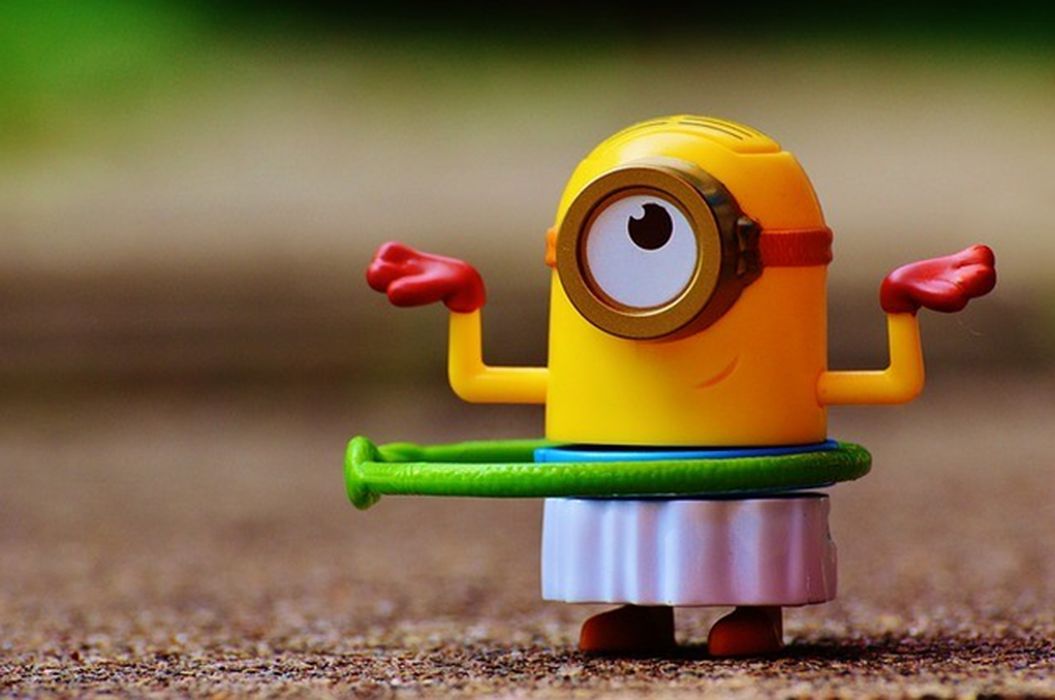
Charles R. Goulding and Preeti Sulibhavi look at the resurgence of the toy industry.
The July 2022 issue of Barron’s highlighted the resilience of the toy market where 3D printing is widely used in product design. The toy market remains strong despite tighter family budgets because parents place a priority on children’s happiness.
In the current slowing of the macroeconomy, companies are searching for growth exceptions. In 2021, U.S. toy sales increased 13% to almost US$29B. On July 21st, 2022, Mattel announced an impressive 20% sales increase.
Mattel has a strong sector of branded toys integrated with movie releases including Jurassic World: Dominion and Top Gun. Both Mattel and Hasbro are maintaining inventory levels to have stock for the upcoming holiday season.
Hasbro reported a net profit of US$142M for the period ending June 26th, 2022, compared to a loss of US$22.9M for the comparable previous year period.
The Return of Toys “R” Us
Using a store within a store concept Toys “R” Us is opening stores nationally, at Macy’s. This roll-out is occurring while Macy’s is also enjoying revenue increases. The partnership is mutually beneficial as both Macy’s and Toys “R” Us are experiencing industry growth despite Covid and the inflationary environment.
Another major toy seller we have featured in our articles is LEGO. In comparing 2021 to 2020, LEGO revenues grew 27%, consumer sales growing 22%. In fact, in the first half of 2021, LEGO reported record-breaking revenues that were double those of Hasbro.

3D printing is helping make things happen in the toy industry. Whether it is helping to restructure Asian toy supply chains or helping create more sustainable LEGO toys, 3D printing is certainly contributing to this remarkable toy success story.
3D printing toys at home is another option for families. Not only will the toys be fun to play with but creating them can be just as much fun.
The Research & Development Tax Credit
The now permanent Research and Development (R&D) Tax Credit is available for companies developing new or improved products, processes and/or software.
3D printing can help boost a company’s R&D Tax Credits. Wages for technical employees creating, testing and revising 3D printed prototypes can be included as a percentage of eligible time spent for the R&D Tax Credit. Similarly, when used as a method of improving a process, time spent integrating 3D printing hardware and software counts as an eligible activity. Lastly, when used for modeling and preproduction, the costs of filaments consumed during the development process may also be recovered.
Whether it is used for creating and testing prototypes or for final production, 3D printing is a great indicator that R&D Credit eligible activities are taking place. Companies implementing this technology at any point should consider taking advantage of R&D Tax Credits.
Not Toying Around…
Toys are one of the few items people will spend their disposable income on during challenging economic times. The 3D printing industry can help make toys fun and accessible, whether it is through corporate 3D printing integration or at-home 3D printing tutorials. Either way, to most everyone’s happiness, toys are here to stay.

